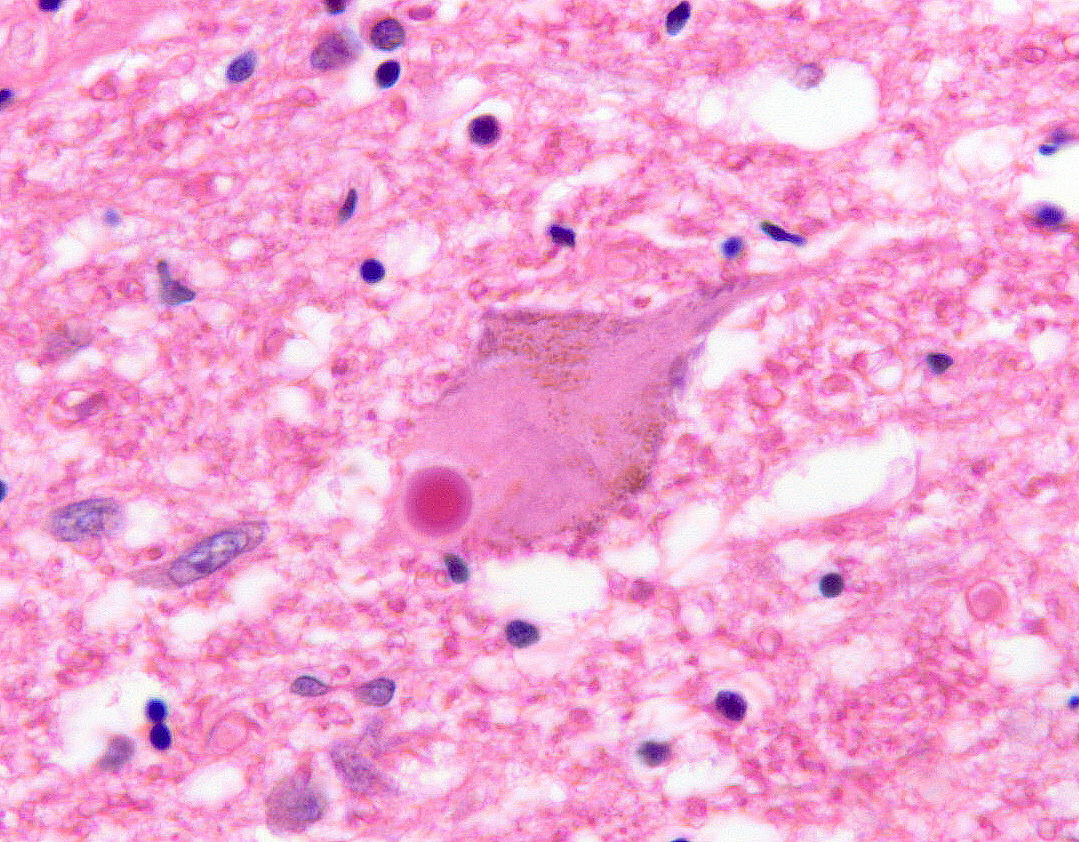
Brain UK study ref: 20/004,
Lay summary,
Project status: Closed
Ultrastructural Endoneurial Pathology to Explain the Normal Function of the Human Blood Nerve Barrier and the Pathogenesis of Inflammatory Nerve Disease
Prof Alison Lloyd, University College London
Peripheral nerves (PN) communicate information to the brain from surface tissues and back to muscles to make responses. Peripheral neuropathies are conditions in which those nerves can become damaged resulting in numbness, pain or weakness. PN are very small and understanding how the 6 known types of cells within the nerve communicate in health and disease has evaded study. We aim to study nerves in health and in relation to three diseases which are described below.
CIDP- Chronic Inflammatory Demyelinating Neuropathy
This is a disease whereby the individuals immune system attacks the peripheral nerves (i.e. nerves in the arms and legs) leading to weakness and sensory loss. The immune system damage results in the myelin sheath of the nerve (the ‘insulating’ cover of the nerve which allows the nerve to fire nerve impulses) being damaged which is termed demyelination. This occurs over several weeks to months, and can continue indefinitely if not treated.
POEMS – Polyneuropathy, organomegaly, endocrinopathy, monoclonal disorder and skin disease
This is a very rare cause of nerve damage and is the result of an abnormal blood cancer cell leaking inflammation molecules which cause damage to peripheral nerves. This results in the 5 key symptoms of POEMS syndrome- the Polyneuropathy (multiple nerves in the arms and legs damaged), Organomegaly (enlarged organs), Endocrinopathy (hormaon problems), Monoclonal disorder (the blood cancer) and Skin lesions. We believe the inflammation molecules in POEMS syndrome leads to damage and leak at the blood nerve barrier but this has never been studied before.
Multiple myeloma
Is a similar blood condition to POEMS syndrome but doesn’t cause neuropathy per se and is therefore of interest to compare.
Professor Lloyd’s team are the first to identify, classify and image the 6 nerve supporting cell types. They have demonstrated through visualisation under highly powered microscopes in mouse and rat nerves how the cells of the blood vessels interact with specialised nerve supporting cells to keep the blood nerve barrier impermeable. They have also discovered how special types of white blood cells important in immune function called macrophages remove potentially damaging substances which enter the nerve through the barrier.
We wish to look at the nerve supporting cell types in specimens from human specimens without disease, and in CIDP, POEMS and myeloma patients. These nerve samples will have already taken and used for clinical diagnostic use. We will use these nerve samples to see if the same appearances of nerve supporting cells, macrophages and blood vessels are present in human nerve and if they are altered in POEMS and CIDP.
Abbreviations
POEMS: Polyneuropathy, Organomegaly, Endocrinopathy, Monoclonal plasma cell disorder, Skin lesions
CIDP: Chronic Inflammatory Demyelinating Polyneuropathy
